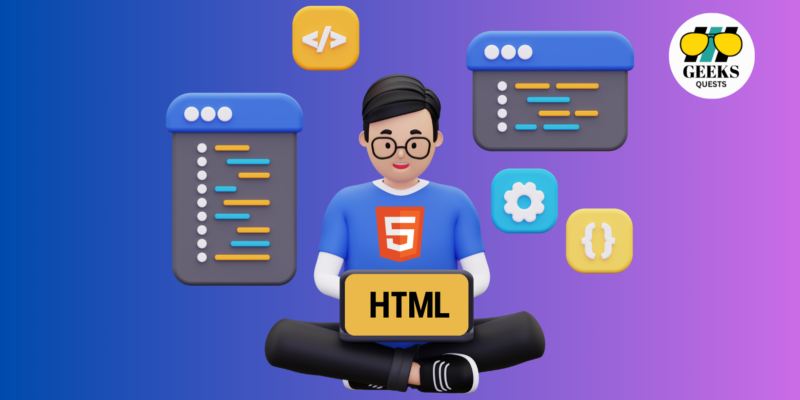In the vast landscape of web development, HTML (Hypertext Markup Language) serves as the foundational language for creating and structuring web content. This comprehensive guide will walk you through the essential steps to master the basics of HTML coding, providing you with the skills needed to craft well-structured and visually appealing web pages.
Understanding the Significance of HTML in Web Development
Before diving into the coding process, let’s explore why HTML is a fundamental skill for anyone aspiring to become proficient in web development.
Significance of HTML in Web Development
– Structure of Web Pages:
HTML is the backbone of web pages, defining the structure and layout of content.
– Semantic Markup:
HTML provides semantic elements that enhance the meaning and context of content for both browsers and developers.
– Integration with Other Technologies:
HTML seamlessly integrates with other web technologies like CSS (Cascading Style Sheets) and JavaScript, forming the core of the modern web development stack.
Mastering the Basics of HTML Coding: A Step-by-Step Guide
1. Set Up Your Development Environment
– Text Editor:
Choose a text editor such as Visual Studio Code, Sublime Text, or Atom for a clean and efficient coding experience.
2. Learn the Basic Structure of an HTML Document
– Document Type Declaration (DOCTYPE):
Declare the HTML version using <!DOCTYPE html> to ensure proper rendering.
– HTML Element:
Begin with the <html> element, encapsulating the entire document.
– Head and Body Sections:
Divide your document into <head> and <body> sections for meta-information and content, respectively.
3. Understand HTML Elements and Tags
– Element Structure:
Comprehend the structure of HTML elements, consisting of an opening tag, content, and a closing tag.
– Common HTML Tags:
Learn essential tags like <p> for paragraphs, <h1> to <h6> for headings, and <a> for links.
4. Create Lists and Tables
– Ordered and Unordered Lists:
Utilize <ul> and <ol> for unordered and ordered lists, respectively.
– Table Structure:
Build tables using <table>, <tr> for rows, and <td> for data cells.
5. Incorporate Multimedia Elements
– Image Tag:
Insert images using the <img> tag and provide alt text for accessibility.
– Audio and Video Tags:
Integrate multimedia with <audio> and <video> tags.
6. Form Basics in HTML
– Form Element:
Create forms using the <form> element.
– Input Types:
Explore various input types such as text, password, and radio buttons.
7. Understand Semantic HTML
– Semantic Elements:
Embrace semantic elements like <header>, <footer>, <article>, and <section> for improved document structure.
8. Validate Your HTML Code
– W3C Markup Validation Service:
Validate your HTML code using the W3C Markup Validation Service to ensure compliance with standards.
9. Practice, Practice, Practice
– Build Simple Projects:
Apply your knowledge by building small projects to reinforce your understanding.
– Online Coding Challenges:
Engage in online coding challenges and platforms to further hone your HTML skills.
Conclusion: Your Journey to HTML Mastery Begins
In conclusion, mastering the basics of HTML coding is the first step in your exciting journey into web development. By understanding the fundamental structure of HTML documents, learning essential tags and elements, incorporating multimedia, creating forms, understanding semantic HTML, and practicing regularly, you’re well on your way to becoming proficient in this foundational language.
As you embark on your coding endeavors, remember that continuous practice, exploration, and real-world application are key to solidifying your HTML skills. With a strong HTML foundation, you’ll have the groundwork to delve into more advanced web development technologies and create captivating and dynamic websites. Happy coding!












Comments